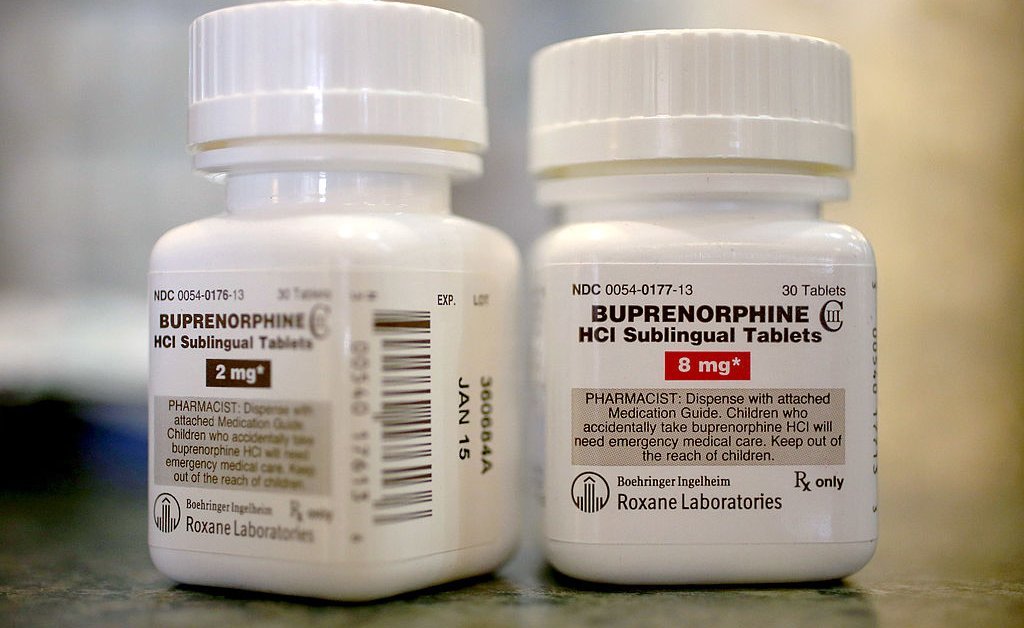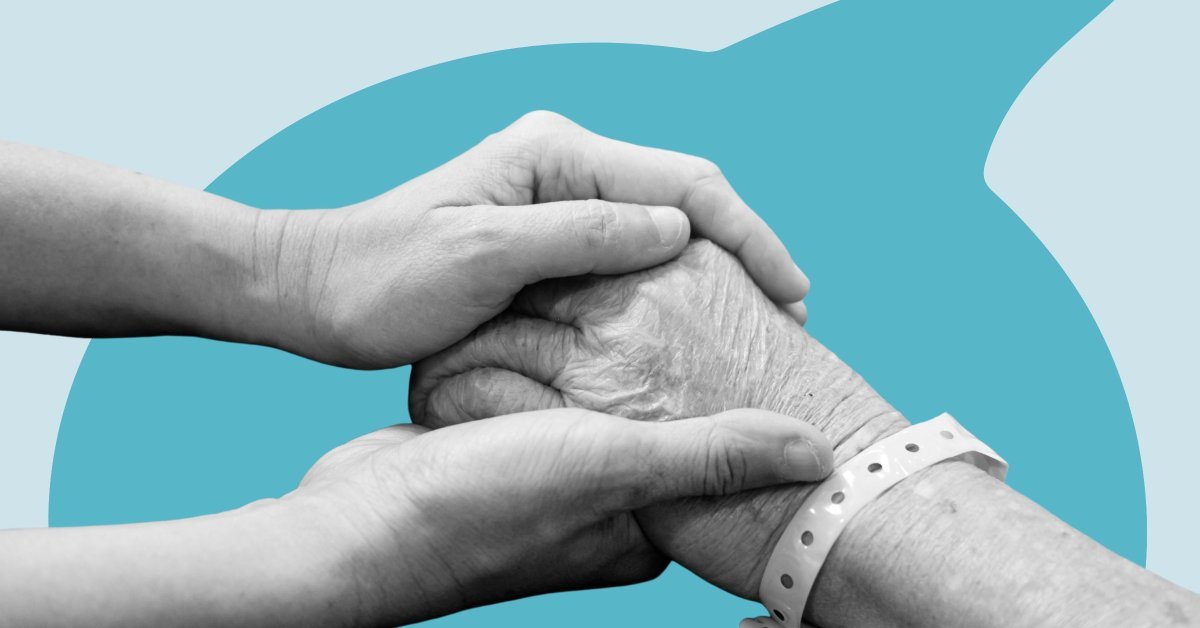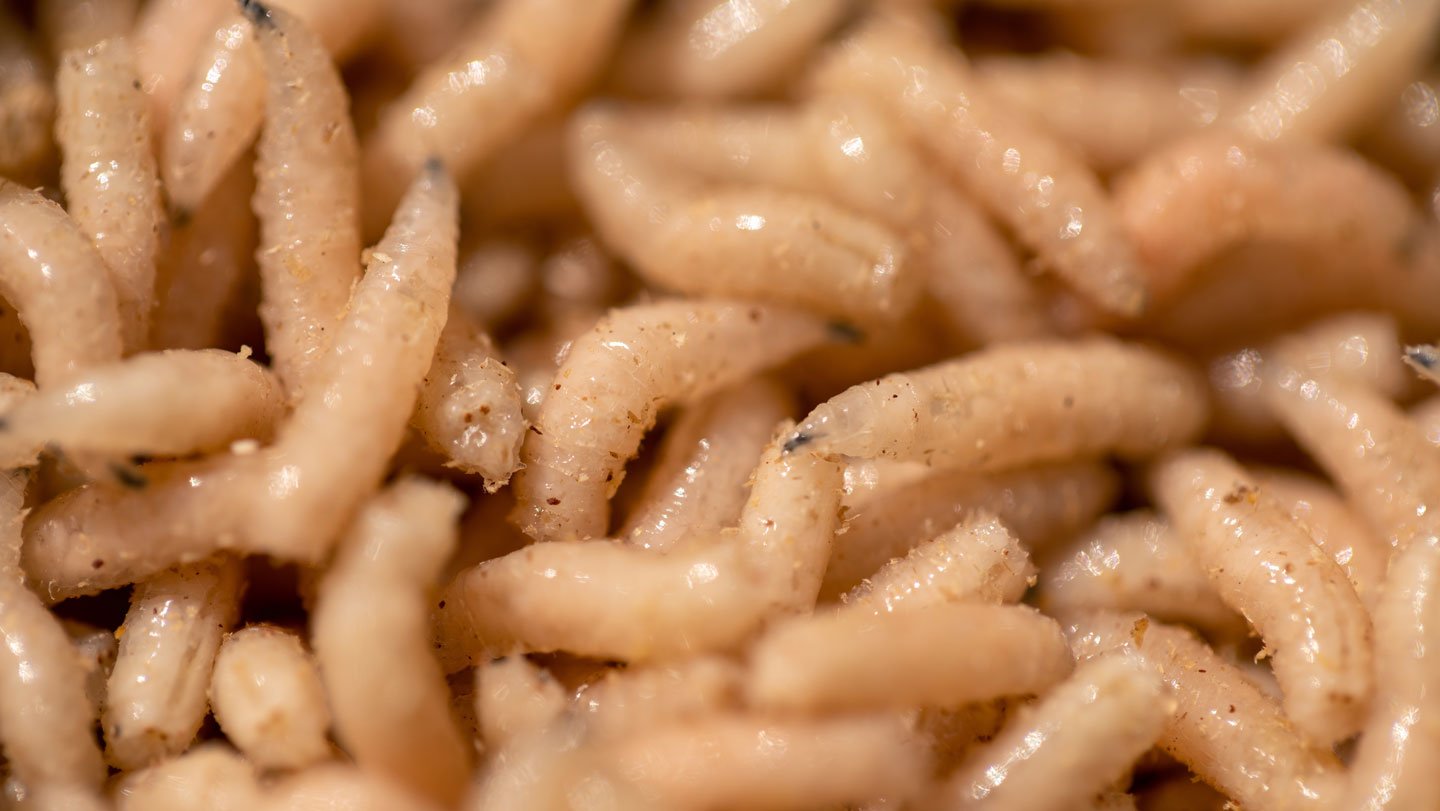The sweeping tax and spending package that President Donald Trump signed into law earlier this month could cause thousands of people to lose access to treatment for opioid use disorder, leading to roughly 1,000 additional overdose deaths each year, researchers estimate.
Fatal overdoses have been on the decline since they reached a record high in 2022. Drug policy and health experts have widely credited the drop to public health measures, such as investing in treatments, expanding therapies, and decreasing stigma.
But now, they fear that Trump’s “Big Beautiful Bill” will undo that progress.
The day before the bill passed the House, a group of researchers sent a memo to House Speaker Mike Johnson and Senate Majority Leader John Thune, estimating that the package would cause about 156,000 people to lose access to treatment for opioid use disorder. The next day, the bill cleared the House, and the day after, Trump signed it into law.
“I’m angry,” says Dr. Benjamin Linas, the lead researcher behind the memo and a professor of medicine and epidemiology at Boston University. “I think it’s a terrible policy. I think it’s doing nothing but making America unhealthy and increasing misery.”
The bill’s provisions targeting Medicaid are expected to leave about 7.8 million people without health insurance in 2034 due to loss of coverage under the program, according to the Congressional Budget Office. Using that estimate, Linas and his colleagues projected, based on previous data about the proportion of people on Medicaid who receive medications for opioid use disorder, how many of those people will likely lose access to treatments. They then used simulation modeling to estimate how many additional fatal overdoses would occur in one year.
Linas called the findings “upsetting,” adding that the 1,000 additional deaths researchers projected was likely an underestimate because he and his colleagues only accounted for people not being able to access their medications for opioid use disorder—not for any other health complications that could worsen after losing access to health insurance, such as infections, heart attack, or cancer.
Researchers also didn’t account for the possibility that Medicaid cuts could cause some people to lose access to their preferred medication, forcing them to use a different option, which could cause “misery and suffering and death,” Linas says.
“It’s well-known and documented that when people can’t get the treatment that’s effective for them or that they would choose, the treatments are less effective and they fall out of care,” Linas says.
American Society of Addiction Medicine (ASAM) President Dr. Stephen Taylor, who was not involved in writing the memo, says that while the impacts of the bill will vary from state to state, he found the researchers’ findings to be reasonable. He notes that the bill has some provisions for people with substance use disorder, including exempting them from work requirements.
“Our focus at ASAM is just to try to mitigate some of the harms from the bill [and] make sure that these exemptions … will be implemented in as expansive and as generous a way as possible,” Taylor says. “We want to prevent people from losing the coverage that they need; otherwise, those exemptions will be meaningless.”
But Linas also points out that many people who are struggling with addiction are not diagnosed, which could make it difficult for them to access such exemptions.
Overdose deaths declined by nearly 27% in the U.S. from 2023 to 2024, according to data released by the U.S. Centers for Disease Control and Prevention (CDC) in May. That comes out to about 81 lives saved each day, the CDC estimated. The number of overdose deaths specifically involving opioids plummeted from roughly 83,140 in 2023 to 54,743 in 2024, according to the CDC. In a statement, the CDC said the federal government has increased efforts to tackle the issue since Trump declared the opioid epidemic a public health emergency in October 2017, months into his first term.
Since Trump returned to office in January, however, his second Administration has proposed sweeping cuts to programs dedicated to addiction treatment and research, while its efforts to address the crisis have focused on combatting drug trafficking from other countries. Many public health and addiction experts have criticized the aggressive strategy, saying that it doesn’t effectively address the drug crisis.
Linas says to attribute the decline in overdose deaths to cracking down on drug dealers and the border is “completely false;” instead, he says, the credit should go to bolstering public health measures.
The damage the tax and spending package is projected to wreak in opioid treatment, he says, exemplifies broader problems in how the Trump Administration is governing.
“After working so hard and seeing progress, to take such a step back is really depressing,” Linas says. “It’s also a microcosm of the total chaos that this Administration imposes on all of us. Because as recently as a year ago, we were investing a lot of federal dollars to reverse the course of this overdose epidemic and starting to see results, and now we’re just going to pick up a 180 and reverse it—it’s pretty miserable.”




